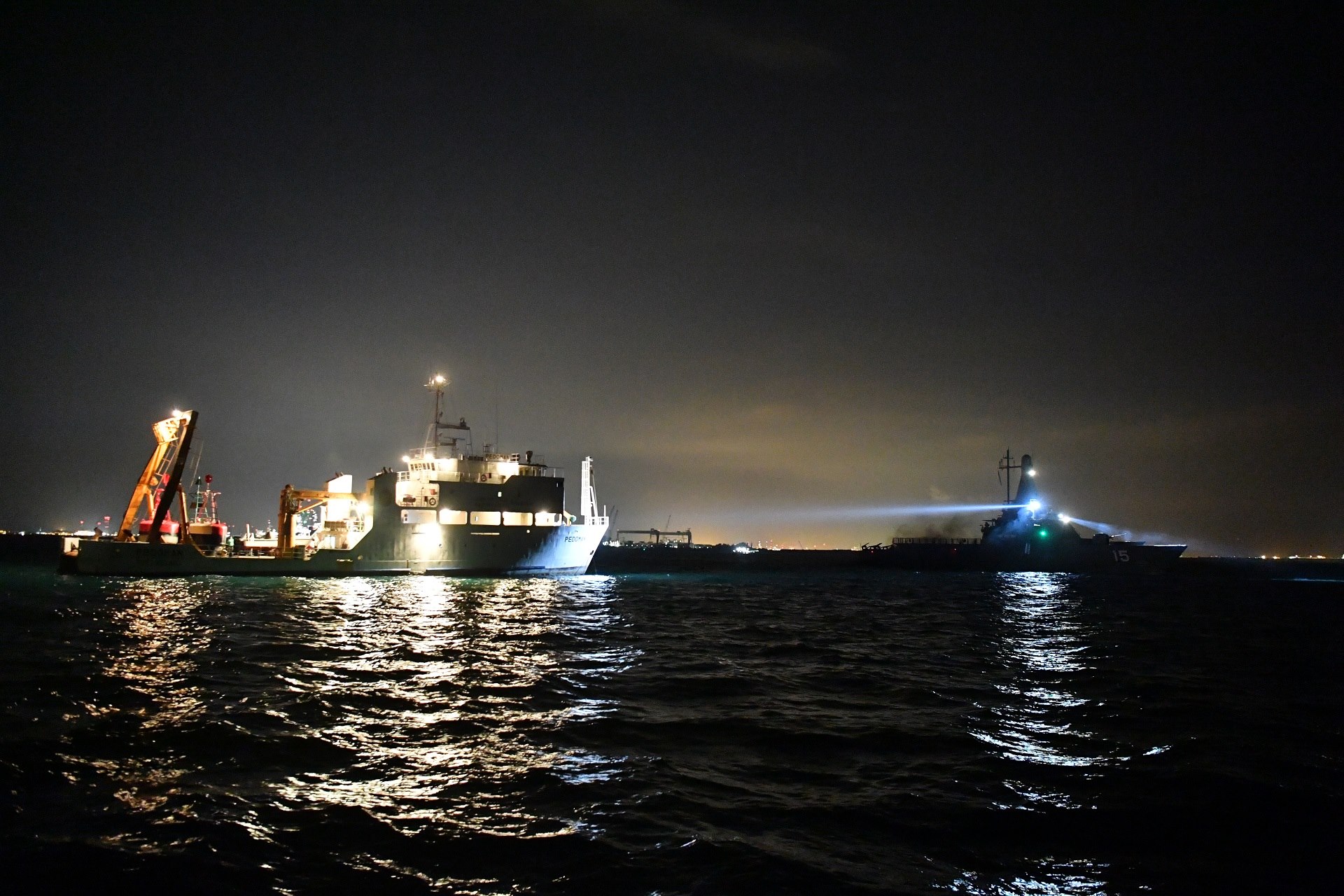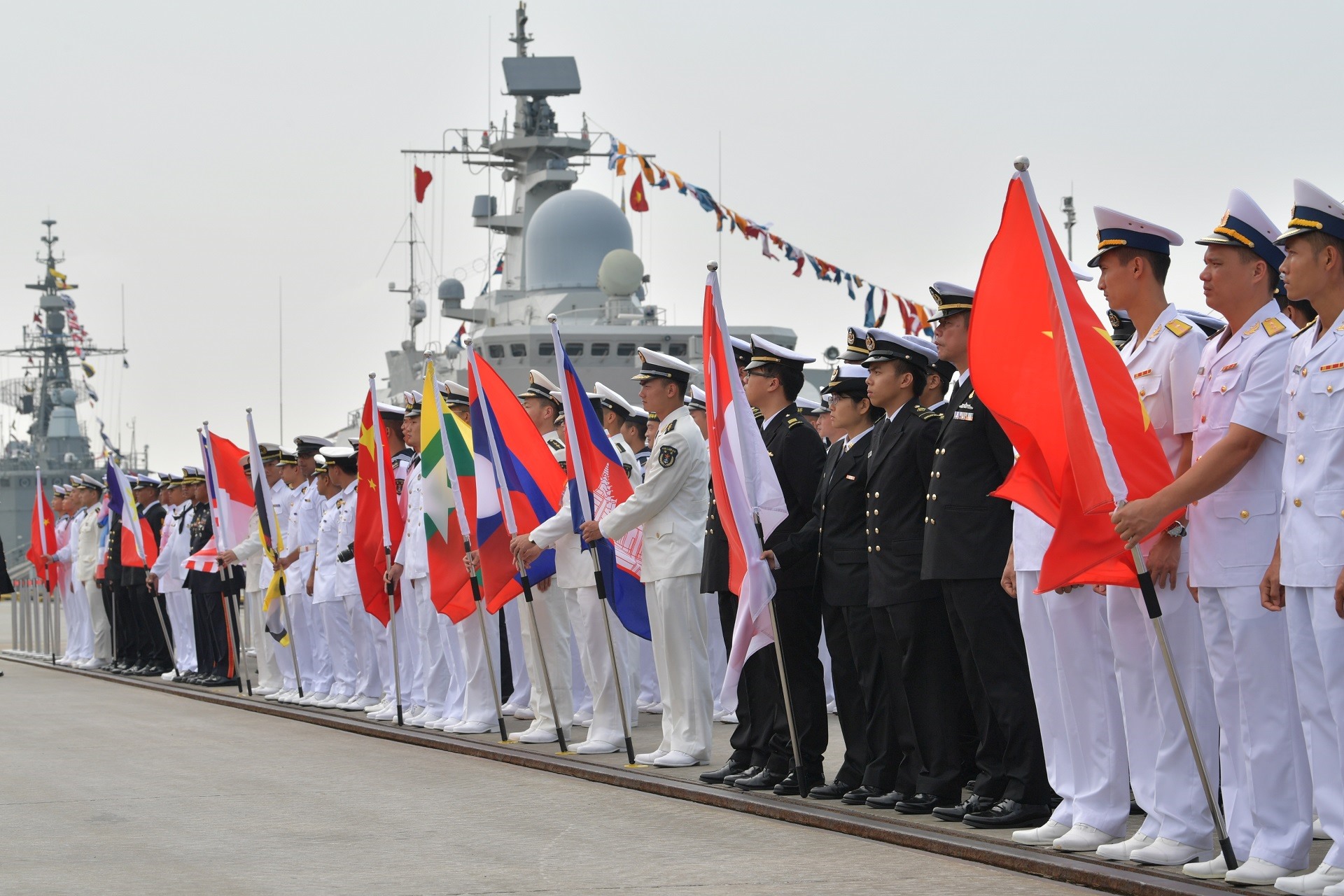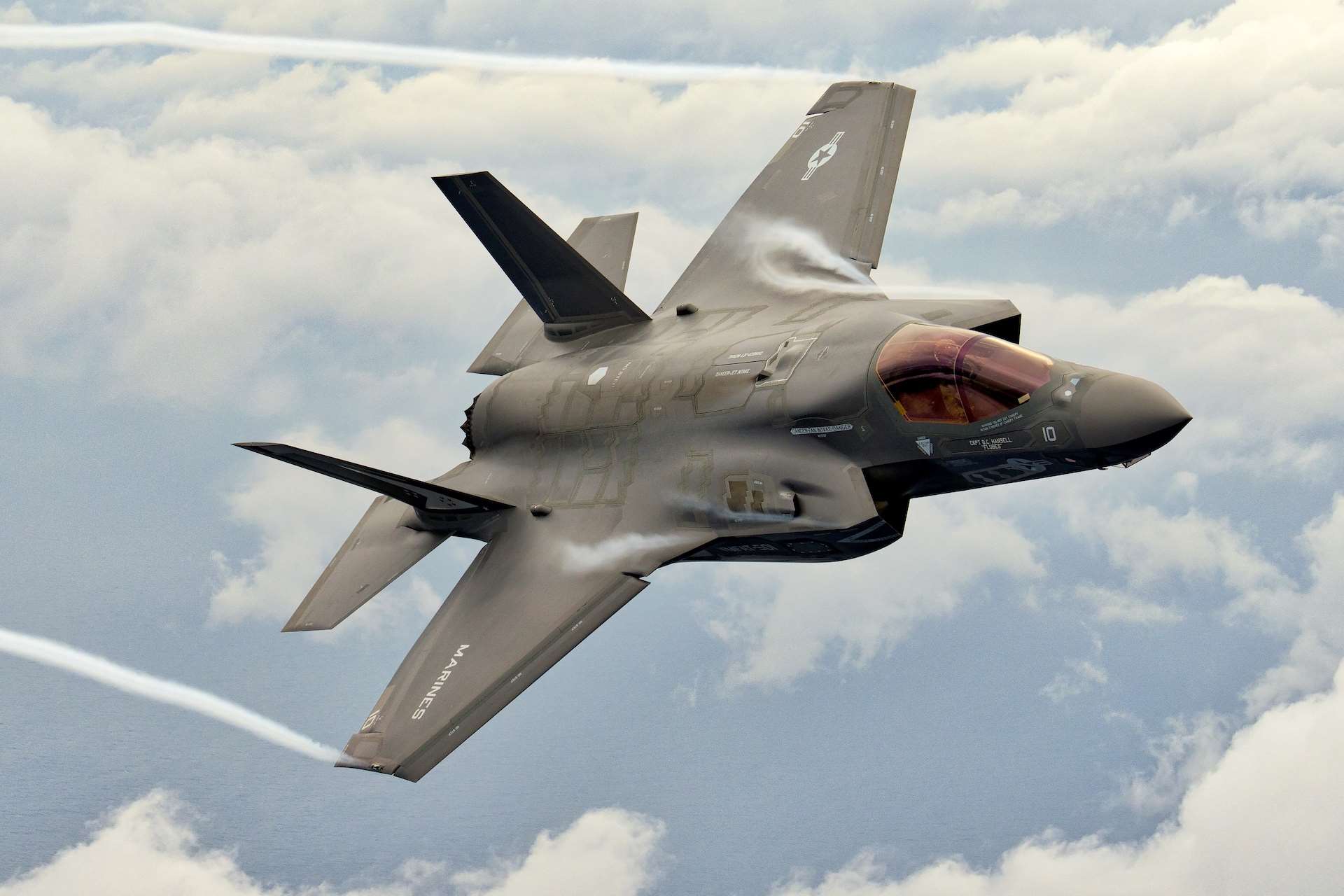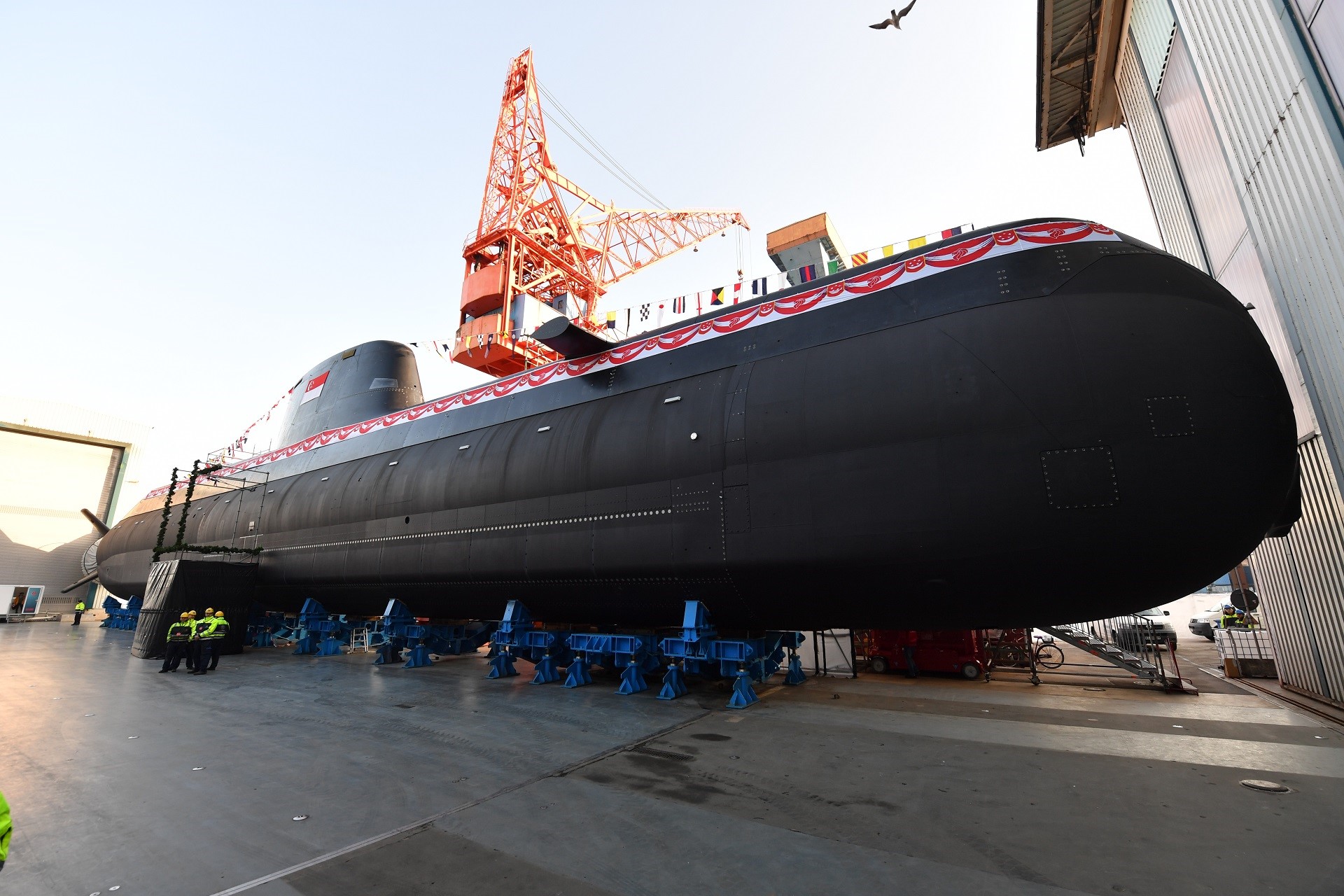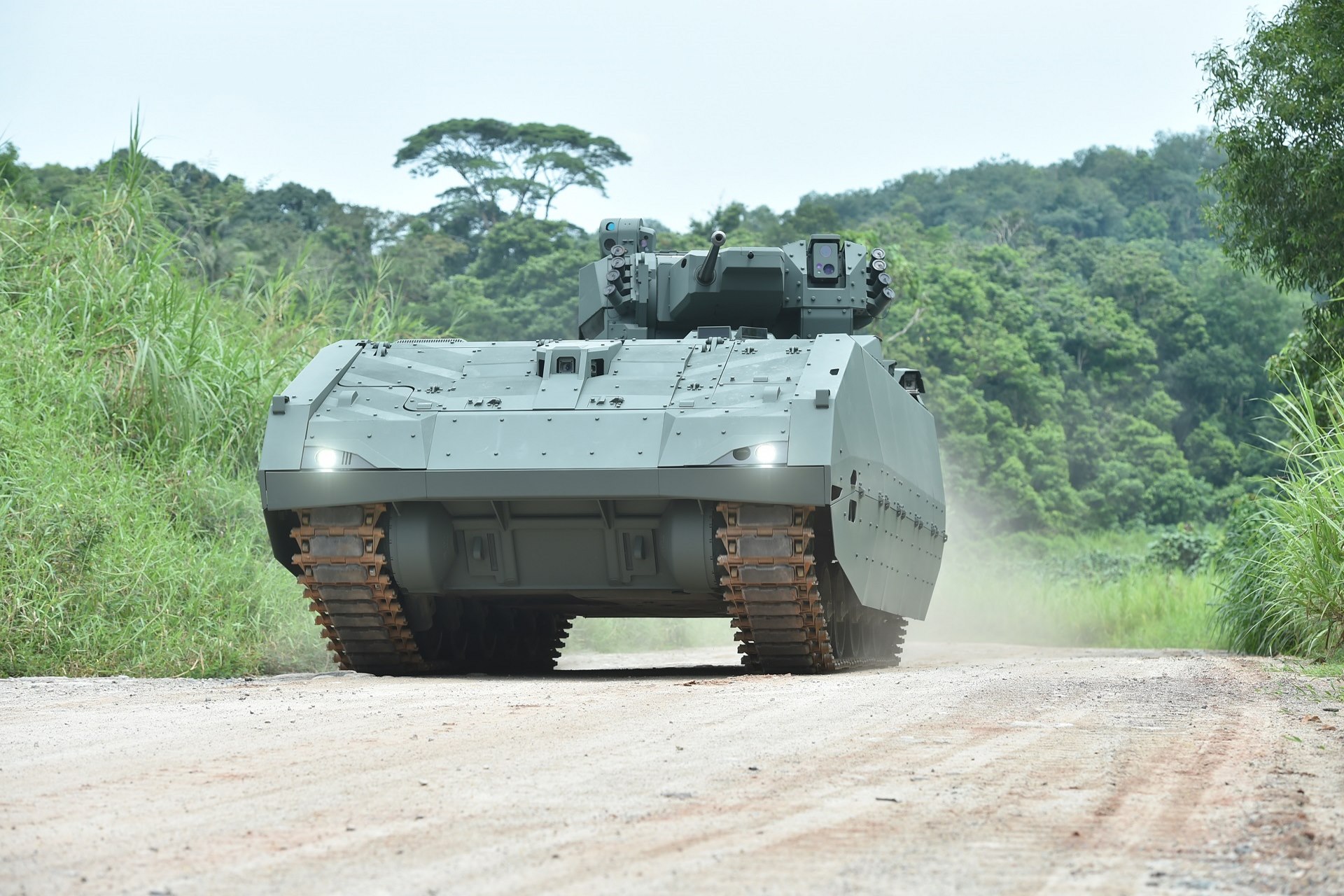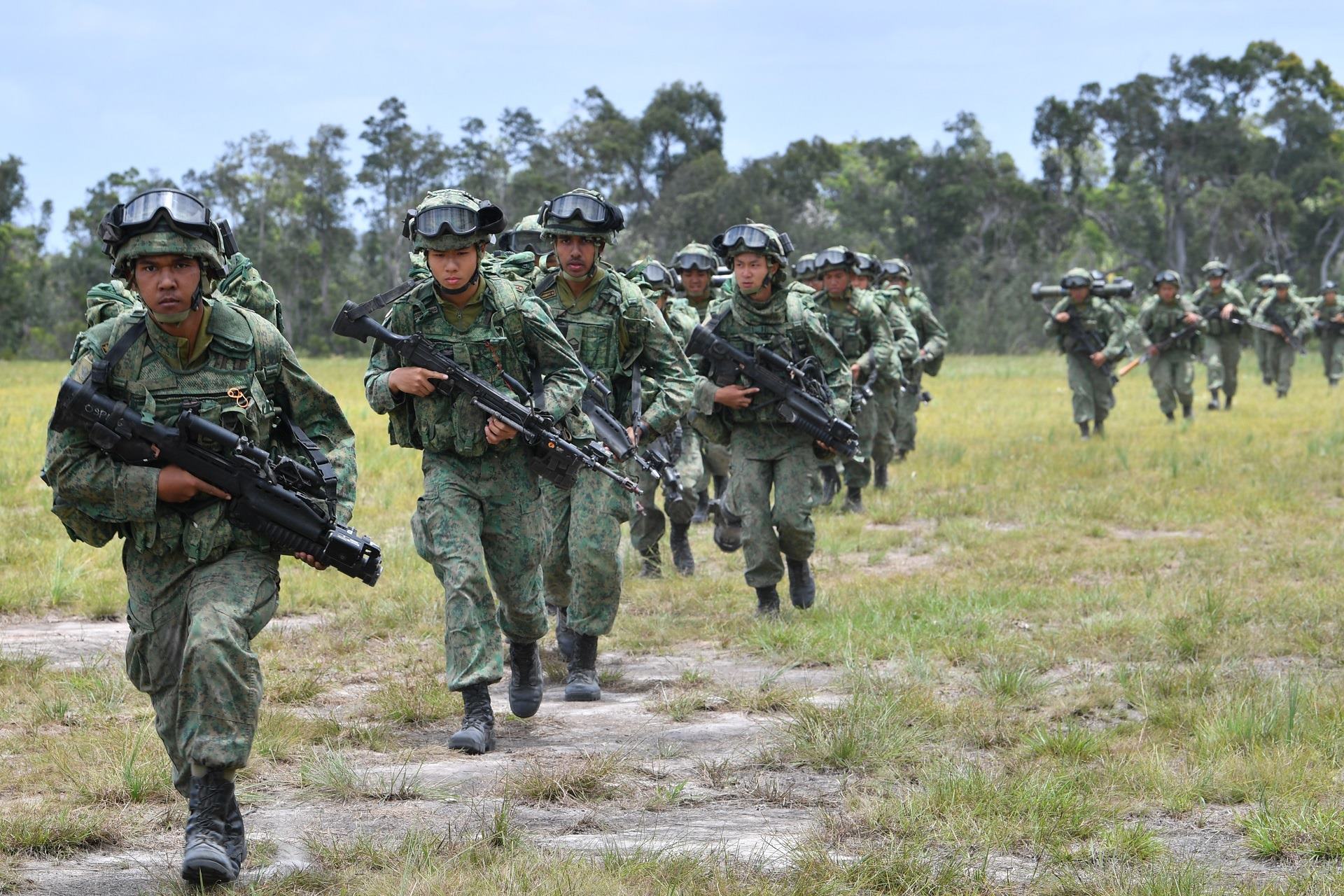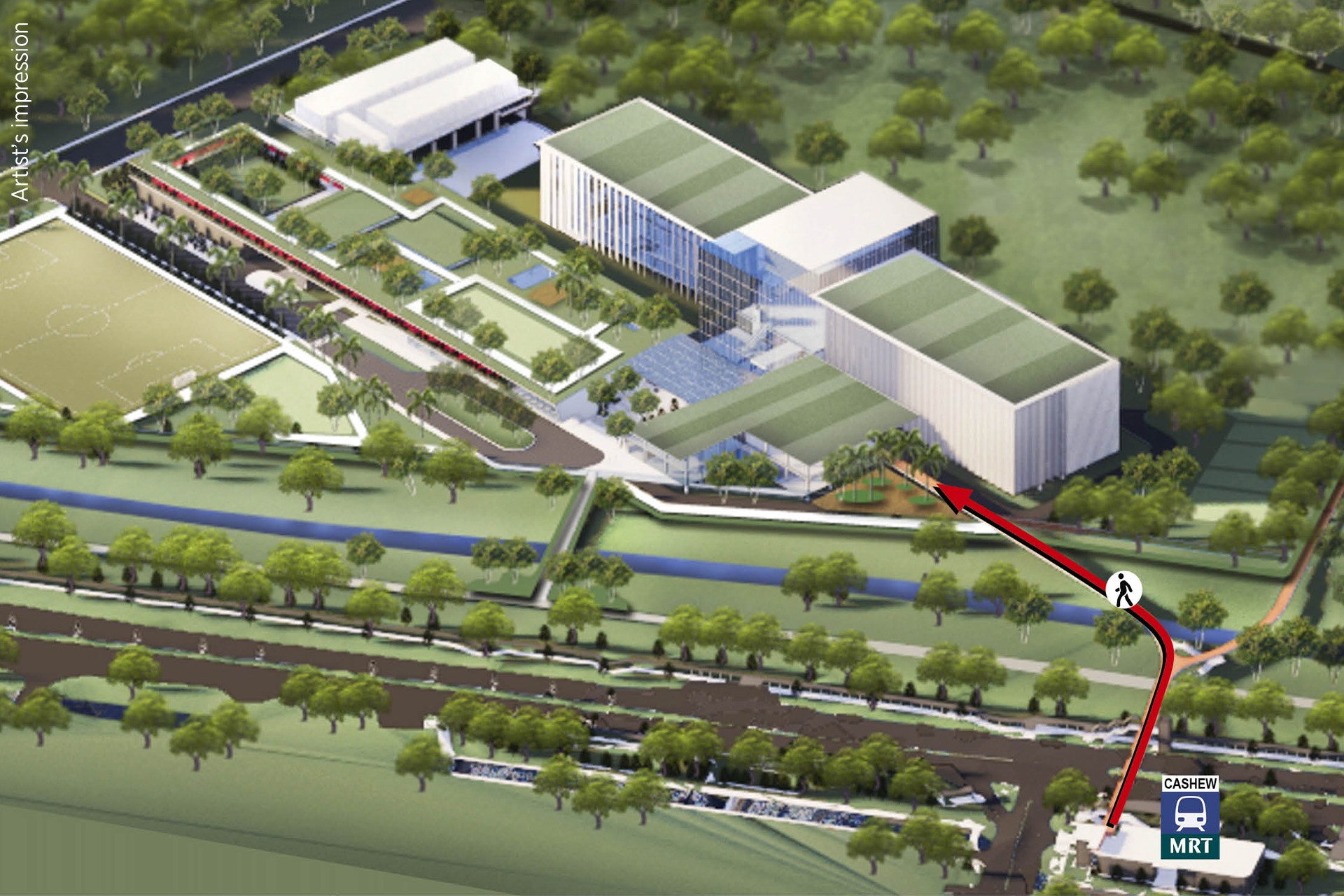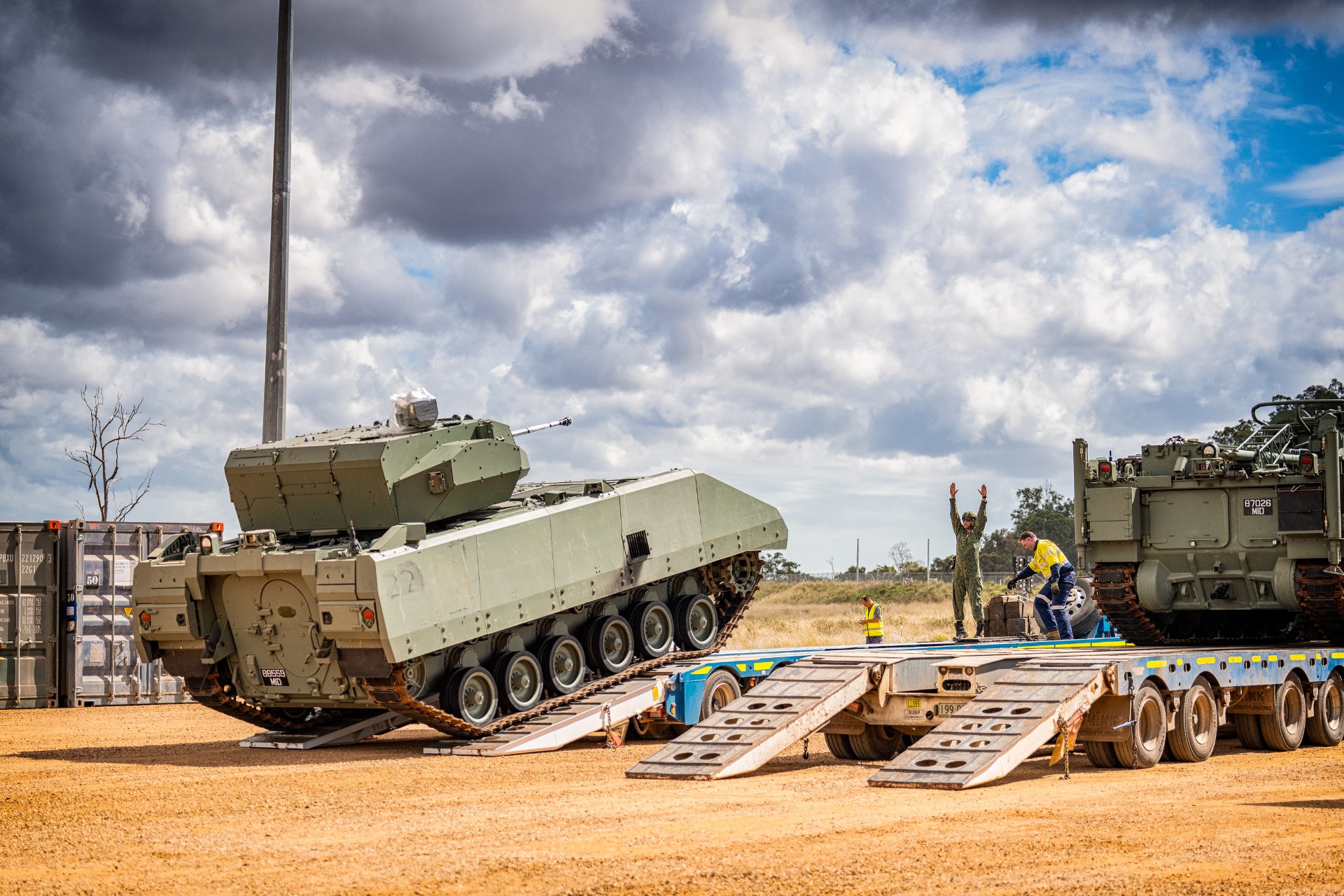OPS & TRAINING
STRONG SAF; STEADY INVESTMENTS CRUCIAL FOR SINGAPORE’S DEFENCE: DR NG
01 Mar 2019
A strong Singapore Armed Forces (SAF) protects Singapore and Singaporeans. To continue to do so, persistent investments and efforts must be made to build the next-generation SAF that will allow it to respond better to security threats.
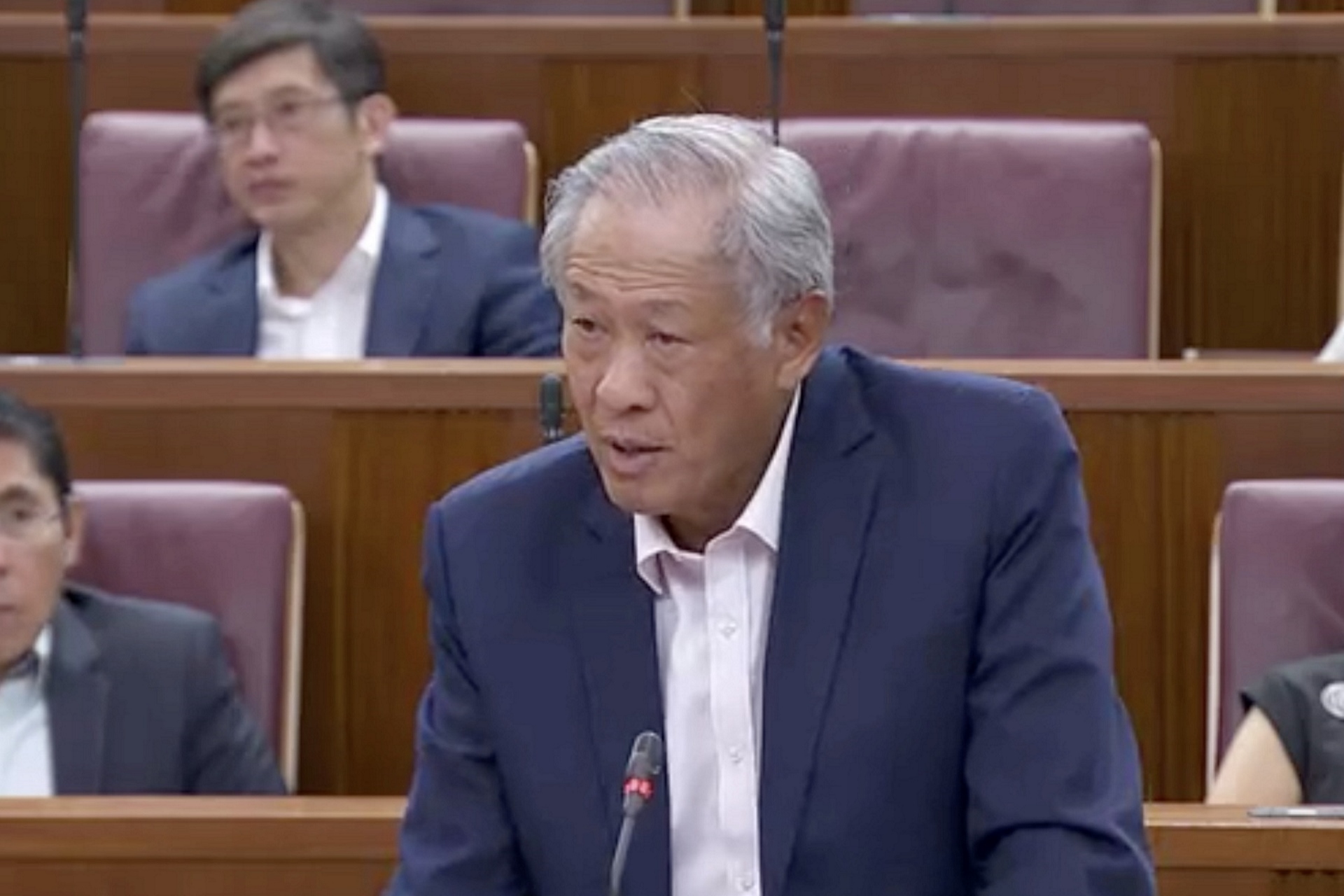
A strong Singapore Armed Forces (SAF) protects Singapore and Singaporeans. To continue to do so, persistent investments and efforts must be made to build the next-generation SAF that will allow it to respond better to security threats.
Minister for Defence Dr Ng Eng Hen made this point during the Committee of Supply debate on the defence budget in Parliament on 1 Mar.
During the past year, the SAF was deployed for several high-profile meetings including that of the United States (US) and the Democratic People's Republic of Korea, as well as the ASEAN summit.
The Ministry of Defence (MINDEF) also chaired the 12th ASEAN Defence Ministers' Meeting (ADMM) and 5th ADMM-Plus, which resulted in the ADMM countries' agreement to adopt the world's first multilateral air guidelines.
Under Singapore's chairmanship, the inaugural ASEAN-China Maritime Exercise was held last October. The exercise saw participating navies put into practice the Code for Unplanned Encounters at Sea.
Even as defence spending has increased slightly at about 4.8 per cent this year due to several projects and asset acquisitions reaching milestones simultaneously, Dr Ng reassured that spending will be kept in pace with inflation over the next decade, at about three to four per cent each year. He also said that the overall defence expenditure will even out in subsequent years.
Protecting Singapore's waters
Since last November, ships and vessels from Malaysia repeatedly intruded into Singapore's territorial waters. Today, two Malaysian Government Vessels are still anchored in Singapore territorial waters off Tuas.
While the Republic of Singapore Navy (RSN), Maritime and Port Authority of Singapore and Police Coast Guard are working together to guard the waters, Singapore's stand on these intrusions is clear.
"We must ensure that the SAF is strong and adequate to defend our rights when diplomacy fails and when others choose to do us harm or ignore our rights," said Dr Ng.
To deter attacks, Dr Ng said that the SAF will beef up security for Singapore's entire coastline. These include adding optical sensors, coastal radars and watch towers to boost sea traffic coverage. Starting next year, unmanned surface vessels will also be used for patrolling our waters.
Asset replacements
Plans to acquire the F-35s as a replacement for the Republic of Singapore Air Force's (RSAF's) F-16 fighter aircraft are well under way, said Dr Ng.
He announced that MINDEF will begin with the acquisition of four F-35s, with the option of a subsequent eight should Singapore decide to proceed.
With the unit price for the planes steadily falling, Dr Ng said that this is a good time to purchase the asset and the total cost will be comparable to what was paid for the RSAF's fleet of F-15SG fighter aircraft. He added that MINDEF would continue to work with the US Department of Defence to optimise the F-35s' operating and maintenance costs.
The RSAF will also see its Super Puma and Ch-47D Chinook fleets being replaced by the H225M medium-lift and CH-47F heavy-lift helicopters from 2020 onwards. These new assets will add capacity and be more effective in Search and Rescue or Humanitarian Assistance and Disaster Relief operations.
For the RSN, four Invincible-class submarines will replace its current submarines. The first, Invincible, was recently launched in Germany on 18 Feb. The full fleet of new submarines will ready by 2025.
The RSN's ageing missile corvettes will also be replaced by new Multi-Role Combat Vessels (MRCVs). Outfitted with unmanned air and sea drones, these technologies allow the MRCVs to extend their reach and flexibility against threats.
A leaner crew aided by automation technologies will man the MRCVs. These innovations will translate into operational cost savings of up to 10 per cent, as compared to similar-sized frigates. The first of these will be delivered around 2025 and the full delivery is expected by 2030.
In addition, the Landing Ships Tank, which were introduced in 2000, will be replaced in the next decade by the larger and more flexible Joint Multi-Mission Ships.
For the Army, the next-generation Armoured Fighting Vehicle (AFV) will replace the current M113 Ultras from this year onward. With better armour protection and mobility to manoeuvre through urban environments, the AFV will make its debut at this year's National Day Parade.
There are also plans to introduce the next-generation Howitzers, assets which boast extended range and ability to conduct precision strikes.
A hybrid force
With the supply of manpower projected to see a one-third reduction by 2030, the SAF is acquiring assets that require less manpower to operate, as well as a greater use of unmanned technologies.
For instance, the next-generation Howitzer will require a three-man crew to operate, as compared to the current nine-man team. The RSAF's unmanned aerial vehicles (UAVs) will be replaced by newer ones with better capabilities over the next few years. The RSN's MRCVs will also carry unmanned surface vessels, while soldiers in the Army will use micro-UAVs that will prove useful in dense built-up urban environments.
Dr Ng added that the modern systems and platforms of the SAF can be operated by Operationally-Ready National Servicemen (NSmen) who are not PES A or B, which effectively increases the utilisation of the manpower pool.
New training areas
Over the next decade, the bulk of the SAF's training will shift to Western Singapore with the construction of SAFTI City.
With more than 200 buildings of varying heights and types, the facility will make use of simulation and detailed monitoring to enhance soldiers' learning. Enhancements to the area's road networks and bridges also mean that motorised and mechanised troops in Army vehicles can train better there, starting this year.
The SAF is also moving more of its training overseas, particularly in the northeast region of Australia. Under the Singapore-Australia Comprehensive Strategic Partnership, new facilities such as Instrumented Combined Arms Air Land Ranges and Urban Operations Live-Firing Facilities are being built in the Shoalwater Bay and Townsville Region training areas.
The former, for instance, allows for coordinated strikes between air and land platforms, training that the SAF is unable to do locally because of land constraints.
Once completed, the SAF will be able to train large bodies of troops for up to 18 weeks annually, compared to the current six to seven weeks.
Defending the digital realm
"In Singapore's digital fortress, we are only as strong as the weakest link," said Dr Ng.
Citing the threat of hybrid warfare and its effects on the real world which have played out in the Baltic States and Ukraine, Dr Ng said: "As a culturally and ethnically diverse nation, we too are vulnerable to such hybrid attacks, including the targeting of out IT networks to disrupt services and capabilities."
To boost MINDEF and SAF's digital defences, plans to hire more than 300 cyber defenders under two new schemes were announced recently on 20 Feb.
This consist of the non-uniformed Defence Cyber Expert job specialisation and the uniformed Command, Control, Communications and Computers Expert vocation.
Dr Ng added that the pioneer batch of 59 full-time national serviceman (NSF) cyber defenders, which is currently undergoing an eight-month-long Cyber Specialist Cadet Course, will graduate in August. The SAF is also expected to take in another 80 to 90 Cyber Specialists this year.
In addition, the existing National Service (NS) Expertise Conversion Scheme will allow selected non-officer NSmen with IT expertise to become Military Domain Experts Scheme officers for cyber vocations within the military.
Safer, better NS experience
During his speech, Dr Ng emphasised the importance of training safety. Recent measures that the SAF has taken to boost training safety include the appointment of an Inspector-General for safety and for commanding officers of individual units to be responsible and accountable toward safety standards and outcomes.
MINDEF is also building a one-stop facility to consolidate different NS services which are currently scattered across Singapore. Located opposite Cashew MRT station, the new NS Hub aims to serve the NS community from enlistment to completion of full-time NS and beyond. Construction begins this year and the hub will be ready by 2023.
Dr Ng concluded his speech by emphasising the importance of having a strong defence. "Defence, especially for a small island like Singapore is crucial, if we are to safeguard our interests and deter aggression," said Dr Ng.
"If we continue our steady investments into defence and our NSmen maintain their commitment and resolve to defend Singapore, then our future will be secure for another generation."
ALSO READ IN OPS & TRAINING
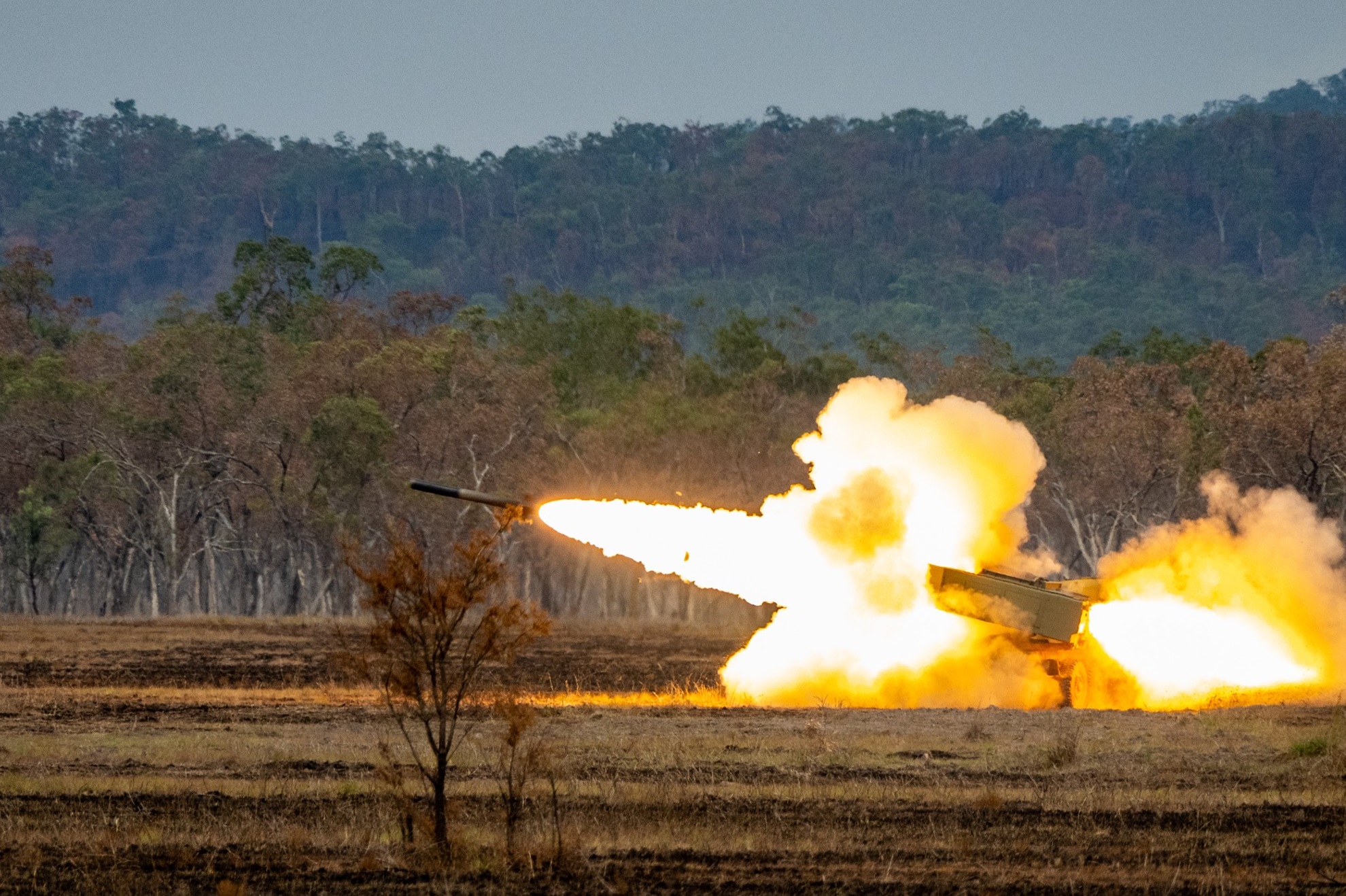
Exercise Wallaby 2025: To see better, shoot faster
31 Oct 2025
The SAF focuses on complex strike missions and multi-domain integration in Exercise Wallaby 2025, the 35th edition of its largest unilateral overseas exercise.

Ex Wallaby 25 – Greater Integration and Complexity
25 Oct 2025
The 35th edition of the SAF’s largest unilateral overseas exercise is an opportunity for expanded scale and deeper integration towards an effective, networked fighting force.

Ex Forging Sabre ramps up use of unmanned assets in integrated strike operations
12 Sep 2025
In this 10th edition of Exercise Forging Sabre, the SAF sharpened its cutting edge for the dynamic modern battlefield, with expanded integration between manned and unmanned platforms.

